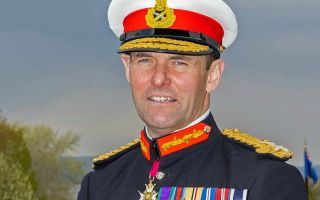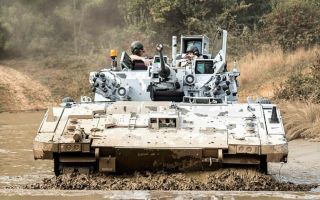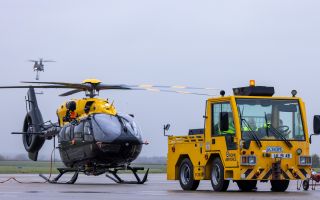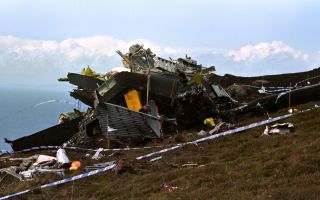New Royal Logistic Corps Museum Opens To The Public
A new multi-million-pound museum telling the story of the Royal Logistic Corps (RLC) has opened to the public.
The RLC Museum is now open at Worthy Down Camp, near Winchester, Hampshire.
"We really get the Army, we sustain the British Army, and this museum tells the story of how that’s been done since the Battle of Waterloo and slightly before," said the museum's director Simon Walmsley.
The Princess Royal visited the Worthy Down on 13 May and as part of her visit she also toured and opened the RLC Museum.
The official public opening took place on Monday and to mark the occasion, a re-enactment of the Great War days took place.
Horses Wiggy and William were also involved in the ceremony, carrying a Marker 10General Service Wagon, which was brought into service around 1905.
Sergeant Tony Bysouth told Forces News the wagon could be considered a First World War equivalent of the modern-day lorry.

He said: "It was very universal; They were mass-produced in the hundreds of thousands.
"They were designed [so] that they could be stripped down and packed up and wrapped up and floated and shipped."
The museum was officially opened by the Lord Lieutenant of Hampshire and tickets are available through an online booking system.
The previous RLC Museum, at Deepcut Barracks also in Hampshire, closed 18 months ago.
The new building has three times the number of exhibits, with many on display for the first time.
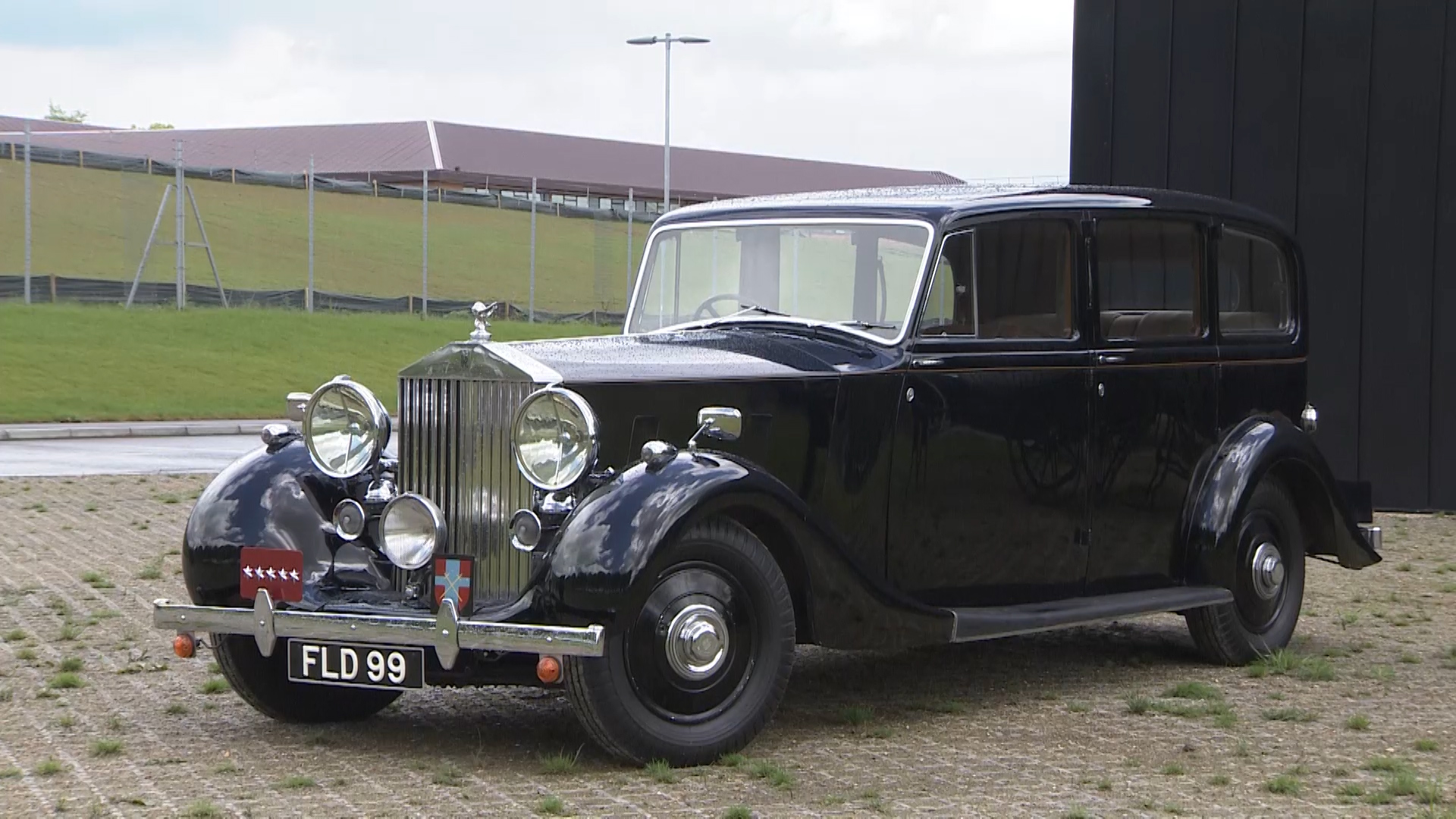
It also includes one of the largest medal collections of any museum in the country, as well as the Rolls Royce used by General Montgomery during the tour of the Normandy battlefields after D-Day in the Second World War.
"The building was provided by the Ministry of Defence and we were able to obtain a grant from the Defence Vocational Qualification Trust of £3m to enable us to fit it out," said Brigadier (Retired) Mike Wharmby, trustee of the RLC Museum.
The RLC was formed in 1993 as an amalgamation of five other corps.
It has 24 regular and reserve regiments, with 15,000 personnel working across 16 different trades.
The RLC can trace its roots back as far as Oliver Cromwell during the English Civil Wars in the 17th century, but during the First World War it really grew and gained its royal title.


